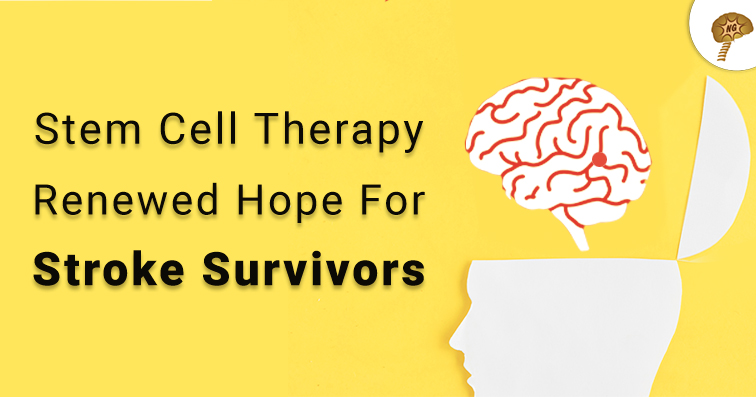
A stroke is a sudden disruption of the blood supply to the brain, which is caused by an instant blockage of arteries that supply oxygenated blood to the organ, or by a rupture of an artery to the brain, that occurs rapidly and requires immediate action.
The Two Main Types of Stroke are:
- Ischaemic stroke: This type of stroke arises when a blockage in the artery prevents the oxygenated blood from flowing to the brain. This block may be the result of a fatty deposit in a blood vessel that cuts off or blocks the blood flow. The result is a brain attack or a cerebral stroke.
- Haemorrhagic stroke: A haemorrhagic stroke occurs when a blood vessel in the brain ruptures, spilling blood and resulting in a stroke. Weakening and rupturing of the small blood vessels is possible due to high blood pressure.
A brain stroke is considered to be one of the foremost causes of physical disabilities in adults. Following an Ischaemic or Haemorrhagic stroke, a large proportion of survivors show signs of major disabilities that need immediate care and treatment. Stem cell treatment for stroke is a promising regenerative mode of treatment and recovery, where a drastic change has been observed in the overall condition of patients.
Stem cells have the ability to multiply or grow naturally into new cells and tissues. They are found in various parts of the body, such as the bone marrow. Stem cell treatment for stroke involves administration of treated cells (in the right proportion) in the targeted area. They can be infused into the damaged area where they adopt the properties of host cells and help them to initiate their lost functions.
These cells with their vasculogenesis properties can also help in the formation of new blood vessels. They also improve the growth factors and paracrine effect leading to an accelerated recovery. Their angiogenetic properties can be favourable in developing new blood vessels and in maximizing the supply of fresh blood and oxygen to the brain.
The stem cells for stroke are administered through one of the two methods, depending upon the recommendation of the practitioner:
- Intrathecal Administration: With this method, the cells are introduced into the cerebrospinal fluid, which has direct access to the brain, and is thus seen to be more effective.
- Intravenous Administration: The stem cells are injected into the vein with the help if an IV drip.
 It is extremely important for people to be aware of the various signs of stroke, like slurred speech, weakness or numbness in various parts of the body, difficulty in reading, writing, or understanding, paralysis, etc. If such symptoms appear in people, then they need immediate medical care.
It is extremely important for people to be aware of the various signs of stroke, like slurred speech, weakness or numbness in various parts of the body, difficulty in reading, writing, or understanding, paralysis, etc. If such symptoms appear in people, then they need immediate medical care.








